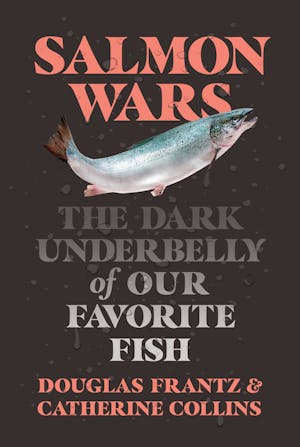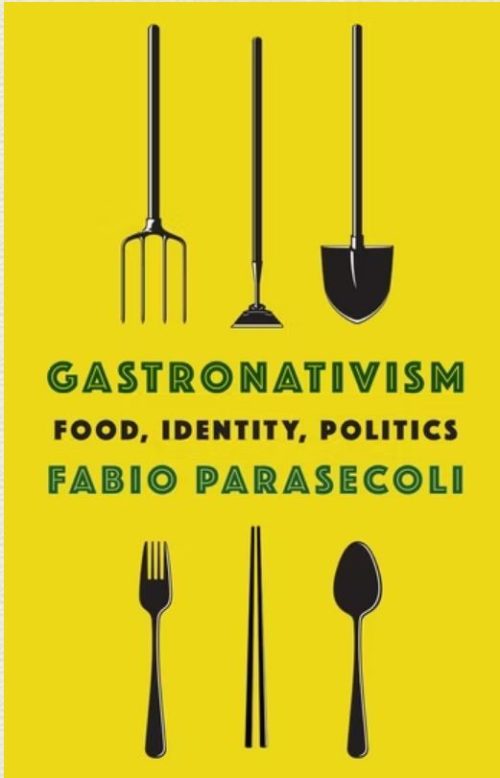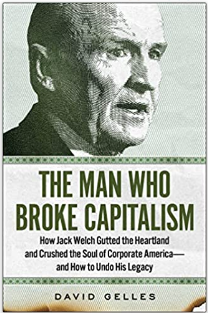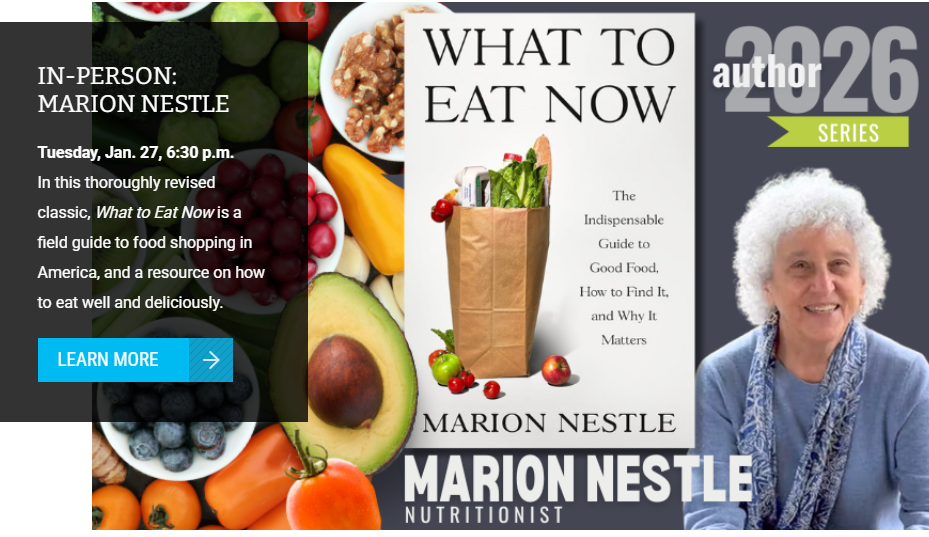Weekend reading: Harold McGee’s Nose Dive has a great index!
I’ve been doing this blog for years, but have very little idea of whether anyone looks at it or whether it is at all useful. But every now and then, I hear that it just might be. Here is an example with a happy ending.
Harold McGee just sent me a copy of the new paperback edition of his book, Nose Dive, with a note saying “Thanks for the index.”
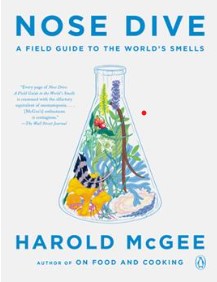
The book, as I explained in my first post about it in 2020, is a marvelous encyclopedia of everything known about the sense of smell and the smells of everything from from foods, of course, but also everything else that smells from soil to armpits to flowers. I thought the book was amazing—right up there with his classic On Foods and Cooking. Alas, I had one serious complaint about it.
But uh oh. How I wish it had a better index.
For a book like this, the index needs to be meticulously complete—list every bold face term every time it appears—so readers can find what we are looking for. This one is surprisingly unhelpful.
I found this out because I forgot to write down the page number for the fatty acid excerpt shown above. I searched the index for most of the key words that appear in the clip: fatty acids, short and branched; butyric; methylbutyric; hexanoic; cheesy; intersteller space. No luck. I had to check through all of the fatty acid listings and finally found it under “fatty acids, and molecules in asteroids, 19.” Oh. Asteroids. Silly me.
I also forgot to note the page for the CAFO quote. CAFO is not indexed at all, even though it appears in bold on the previous page, and neither does its definition, Concentrated Animal Feeding Operation.
McGee refers frequently to “Hero Carbon,” the atom basic to odiferous molecules. I couldn’t remember where he first used “Hero” and tried to look it up. Not a chance.
This book deserves better, alas.
Penguin Press: this needs a fix, big time.
I talked to McGee about the index problem. Penguin had given him a limit on index entries.
He wrote me recently that when Penguin asked him to file any corrections for the paperback edition,
I sent them your review and told them I’d be willing to redo the index myself, stem to stern. After several weeks they agreed. It was exhausting. But the paperback came out last week, so now there’s a decent index available. Maybe I can put it online for hardover owners. So: thanks again for taking the trouble to make the case!
Happy ending indeed.
Have anything like this you want complained about? I’ll be glad to help. Sometimes complaints get results.
And thanks Harold, for this truly remarkable book—and for making me think doing this blog is worthwhile.



